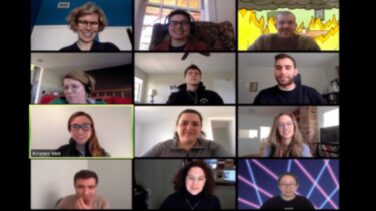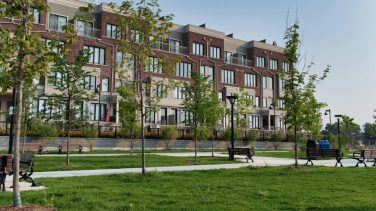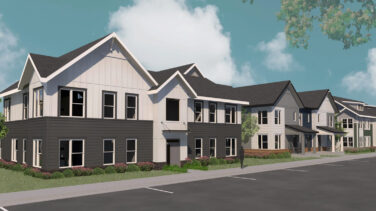
COVID-19 disrupted the real estate sector in 2020 and has accelerated change in the industry moving into 2021. Economic uncertainty, paired with public health and safety concerns and growing calls for social justice, has left many in the industry unsure of what to expect and how to proceed into the new year.
Despite this uncertainty, we’ve seen a great deal of optimism about the future and what the new year will bring. We were lucky to hear from a few experts on last week’s webinar – Kenan Bigby of Trinity Financial, Brittany Senger of Detroit Shoreway CDC, Kathy Thibodeaux of KM Thibodeaux Consulting LLC, and Feras Qumseya of Foulger Pratt – about how developers, consultants, and planners are moving forward attentively and deliberately, thinking carefully about how they can make their projects pencil while also meeting the evolving demands of the community.
While there is some consensus about the need to reposition some commercial and retail space, the overwhelming need for affordable housing is something most are aware of and scrambling to meet.
Kenan shared his team’s approach to continue to focus on mixed-income housing. The diversification of unit types provides stability by avoiding reliance on either market-rate rent growth or subsidies for affordable units.
Not only are mixed-income housing projects easier to pencil, but they’re also an important step to making communities more equitable. The viability of affordable housing and mixed-income projects increases as developers strategize to achieve both of these things, especially in light of uncertainty in the economy.
In 2020, we also saw a shift in how community outreach was handled. Initially, projects were on pause as local governments scrambled to address the recovery and pressing needs of residents. Traditional, in-person meetings were a public health threat and no longer a viable option. The ensuing rollout of virtual engagement during a summer of racial justice reckoning had teams thinking about how these new methods could make the engagement process more inclusive. And, it became apparent that these new strategies were here to stay.
As we kick off the new year, industry leaders are responding with careful planning, strategic investment, and leadership to meet community needs. As we continue to reshape our world, we’re looking forward to working with developers and planners to carry out thoughtful planning to build better communities.
For more insights from experts about what to expect in 2021, check out the recording of our webinar or our compilation of predictions from industry experts.


